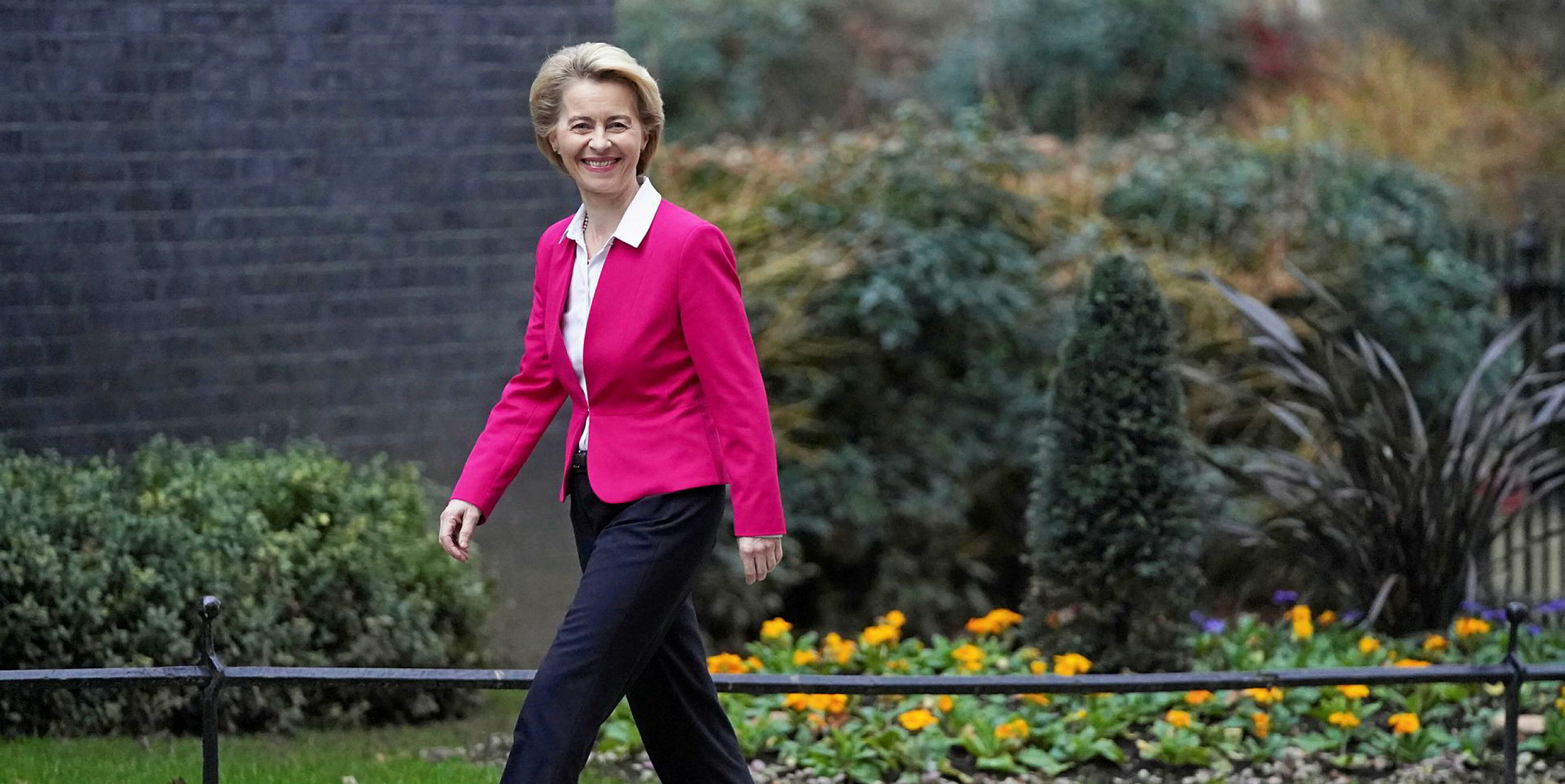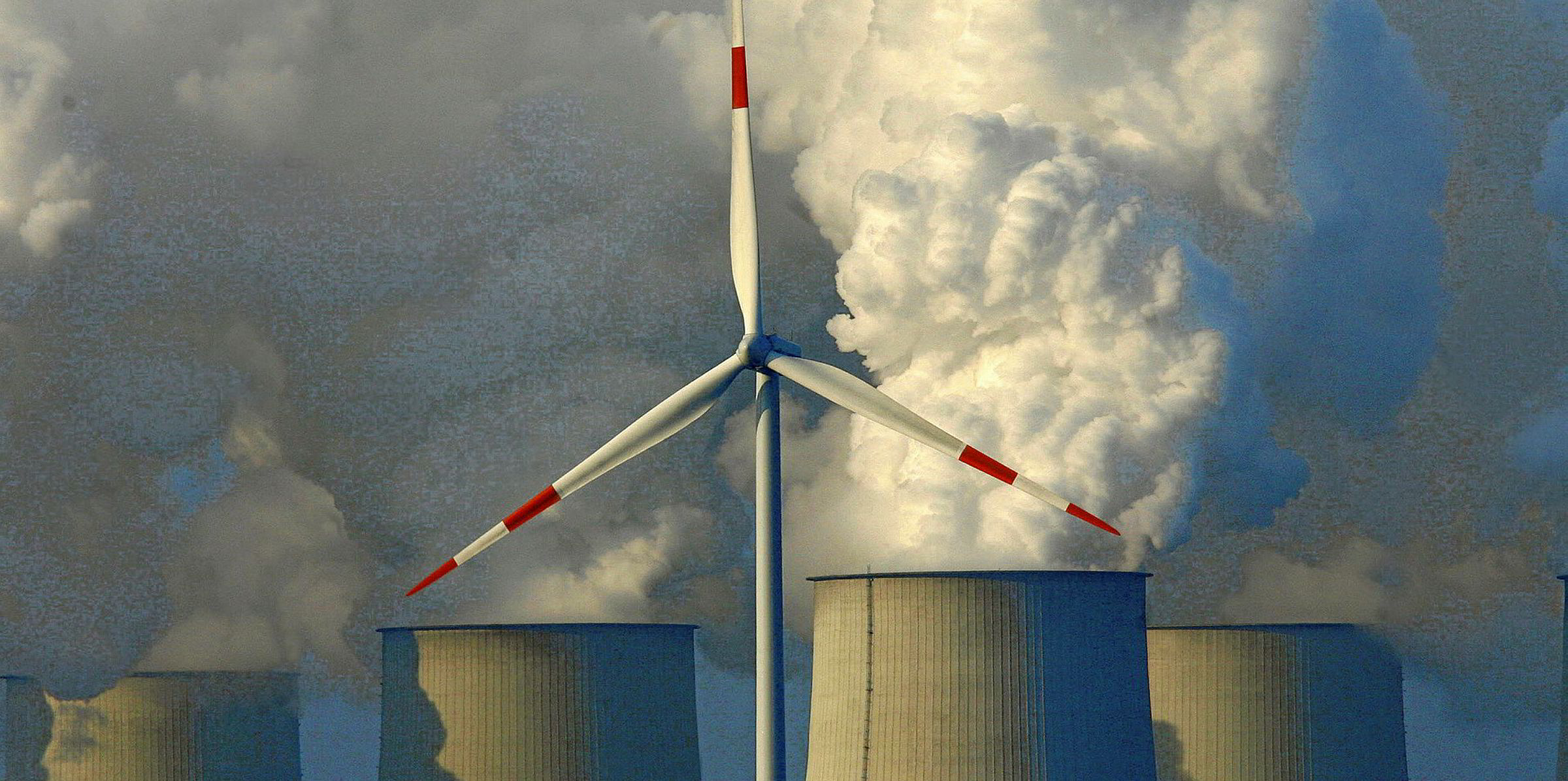The European Commission (EC) has presented a €1trn ($1.11trn) plan that would provide the financial backbone for the coming ten years to the recently announced European Green Deal, which aims to take the EU to net-zero CO2 emissions by 2050.
A key part of the ‘sustainable Europe investment plan’ will be the so-called 'just transition mechanism’, designed to support regions in the bloc most affected by the economic and social transformation triggered by the energy transition.
“We will support our people and our regions that need to make bigger efforts in this transformation, to make sure that we leave no one behind,” newly installed EC President Ursula von der Leyen said.
“The Green Deal comes with important investment needs, which we will turn into investment opportunities. The plan that we present today, to mobilise at least €1trn, will show the direction and unleash a green investment wave.”
Massive financial resources are necessary to sway sceptic and coal-dependent Eastern European countries to back the Green Deal.
Poland, which currently derives more than three quarters of its power from coal, last month refused to commit to the 2050 zero emissions target unless it receives substantial financial backing to transform its fossil-heavy power sector.
Executive Vice-President for the European Green Deal, Frans Timmermans, added that the just transition mechanism will help support those most affected with financial and practical support worth at least €100bn in the 2021-27 period.
While the €1trn sum sounds massive, only €7.5bn is slated to be fresh investment from the upcoming EU budget, a fact that critics have pointed to as making the plan insufficient for the enormous task of speed up the energy transition in the bloc.
Friends of the Earth Europe said the funds would be too little to match the scale of transformation needed to confront the climate crisis.
“The EU must go far further and faster – increase tenfold the support for communities and workers to transition, only direct the funds to countries doing their fair share of climate action, and fully exclude all fossil fuels from the entire EU budget and private financing being mobilised,” said Friends of the Earth Europe director Jagoda Munić.
“Europe cannot confront the climate emergency unless our fossil free transition lifts up the poorest areas and provides alternative economic opportunities for regions dependent on the fossil fuel industry.”
Valdis Dombrovskis, the EC's Executive Vice-President for an Economy that Works for People, countered the critics by explaining the EU budget will be used to “leverage private funds for green projects across Europe and support the regions and people most affected by transition”.
He added that the EC will also create regulatory incentives for green investments, and help public authorities and market players to identify and develop such projects.
“A Green Europe will not happen overnight. Putting sustainability at the heart of how we invest requires a change of mindset. We have taken an important step towards achieving this today.”
The just transition mechanism will consist of three main sources of financing:
- A just transition fund that will receive the €7.5bn in fresh EU funds, coming on top of the EC's proposal for the next long-term EU budget.
Member states wanting to tap into that fund will need to “identify the eligible territories through dedicated territorial just transition plans,” the EC said. And they will also have to match each euro from the Just Transition Fund with money from the European Regional Development Fund and the European Social Fund Plus and provide additional national resources. Altogether this is slated to provide €30- €50bn of funding, which the EC thinks will mobilise even more investments.
- A dedicated just transition scheme under InvestEU to mobilise up to €45bn of investments.
It will seek to attract private investments, including in sustainable energy and transport that benefit those regions and help their economies find new sources of growth.
- A public sector loan facility with the European Investment Bank (EIB) backed by the EU budget to mobilise between €25-€30bn in investments.
It will be used for loans to the public sector, for instance for investments in district heating networks and renovation of buildings. The Commission will come with a legislative proposal to set this up in March 2020.
The financial plan includes a shift in the policy of the European Investment Bank to become the economic block’s climate bank.
“By 2025, at least half of its financing will be dedicated to climate action projects – double what it is today,” EC Vice President Valdis Dombrovskis had said earlier.
The Commission in December had presented its Green Deal ambitions, including a steeper target to cut greenhouse gas emissions in the EU by 50-55% by 2030 (up from 40% previously envisaged).
The plan also includes an idea to create the world’s first carbon border tax on emission-heavy imports to avoid a free-riding of large economies that have less strict environmental rules and are not subject to carbon pricing, such as potentially China or the US.




